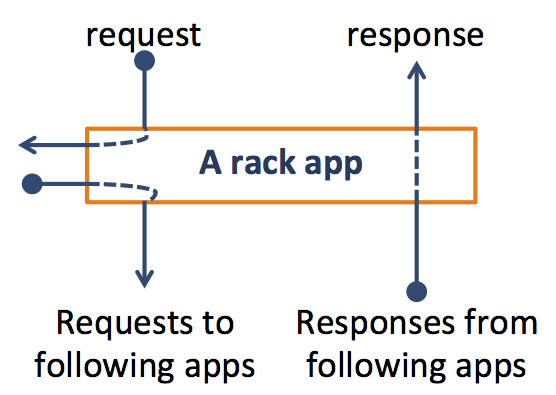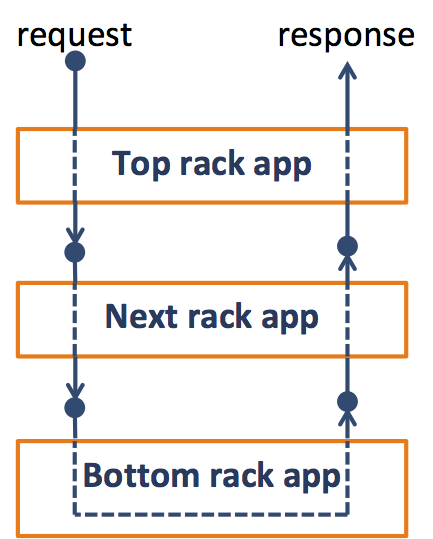-
Notifications
You must be signed in to change notification settings - Fork 12
Gatekeeper router design
This wiki page presents the relevant details of the design and implementation of the Router.
The Router component is configured with the routes shown in @Fig:routes.
base_path: /api/v3
paths:
/packages(/?|/*):
site: http://tng-common:5200/packages
verbs: [ post ]
auth: true
/slices(/?|/*):
site: http://tng-slices
verbs: [ get, post, put, delete ]
/policies(/?|/*):
site: http://tng-policies
verbs: [ get, post, put, delete ]
/slas(/?|/*):
site: http://tng-slas
verbs: [ get, post, put, delete ]With this configuration, POST requests to /api/v3/packages will be passed (e.g.) to the component deployed at http://tng-common:5200/packages, requiring authentication.
This is a very flexible, powerfull and simple approach for defining our needed routes. For example, one can require bearer authentication only for the delete HTTP verb:
...
verbs: [ get, post, put, delete: {auth: bearer} ]
...For this component we have adopted a layered design, instigated by the rack framework. This framework is an interface to the application server in ruby and is very simple: any ruby object can be a rack application, as long as it implements the call method, receiving a hash with the enviroment (calling URL, parameters, etc.). Well known examples of its usage are the sinatra and ruby-on-rails frameworks, which both sit on top of it. @Fig:rack_app shows a generic diagram of such application.

Each rack application can do some processing (e.g., calling an external component, like it is exemplified in the request of @Fig:rack_app) before calling the next application in the rack or just forward the call (e.g., like it is exemplified in the response of the figure below).
These applications can be layered, to provide more complex features (see the figure below).

In the case of the Router, the following rack applications are used:
-
TangoLogger: logs requests into the$stderr; -
Instrumentation: instruments every request, regitering the time each one takes (unless the environment variableNO_KPISis set); -
Auth: authenticates every request (unless the environment variableNO_AUTHis set); -
UpstreamFinder: finds which upstream to address, based on the URL of the request; -
Getter: processesGETrequests, by far the most common ones; -
EmbodiedMethod: processesPOST,PUTandPATCHrequests (those potentially having a body); -
OtherMethods: processes remainingHTTPmethods (for this version,DELETE,HEADandOPTIONS); -
Dispatcher: the deepest levelrackapplication.